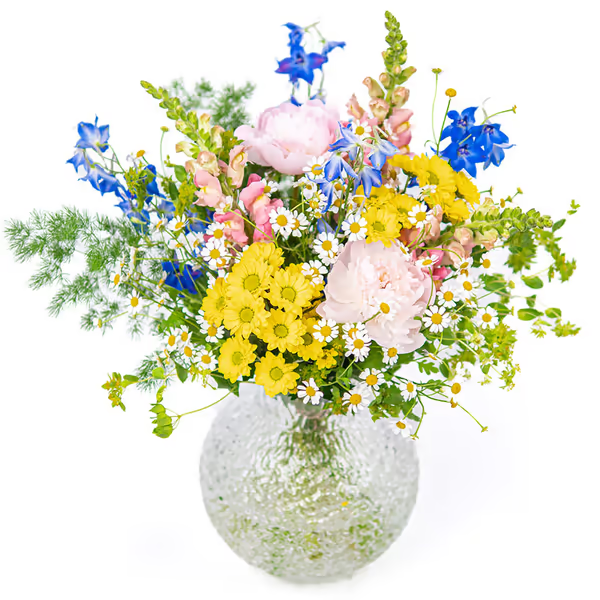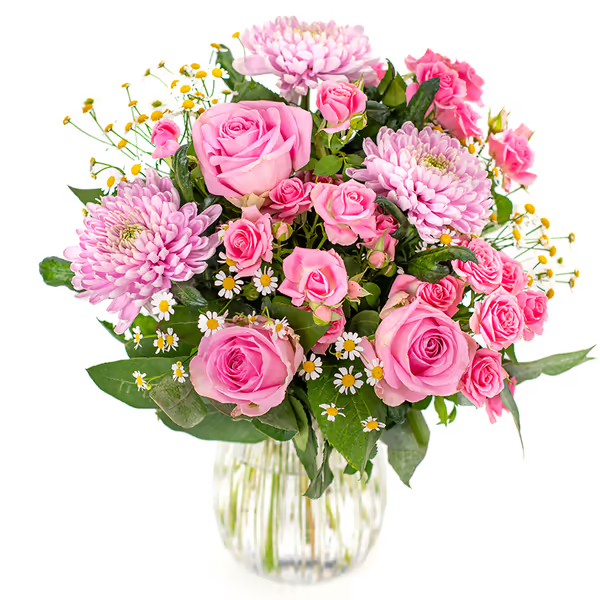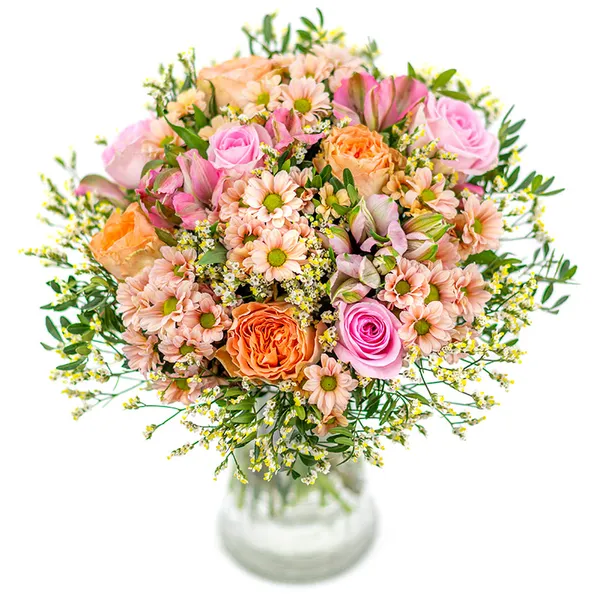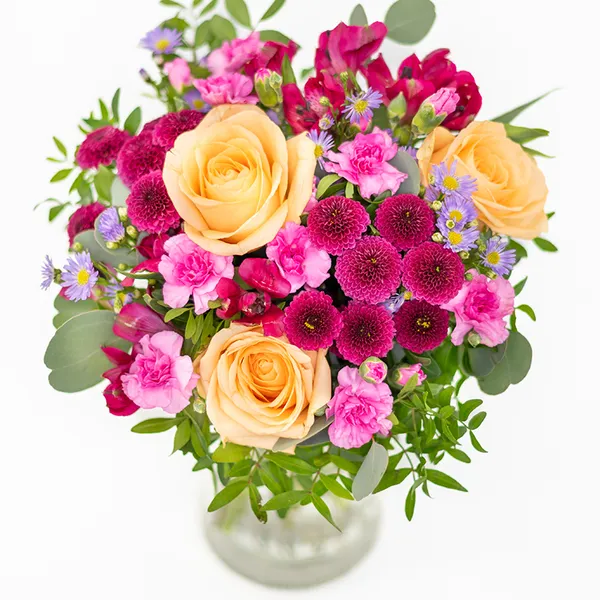Lathyrus: The Sweet Scent of Romance and Delicate Joy
Lathyrus, commonly known as Sweet Pea, is a beautifully fragrant climbing flower adored for its soft petals, ruffled blooms, and pastel colour palette. Native to the Mediterranean, it has been a favourite in gardens and bouquets for centuries. Sweet peas are especially valued for their heavenly fragrance, often described as a mix of honey and orange blossom. In the language of flowers, they symbolise blissful pleasure, gratitude, goodbyes, and delicate affection—making them popular in spring weddings and vintage-style arrangements.
COMMON NAME
Clover
BOTANICAL NAME
Trifolium spp.
ORIGIN
Europe, Asia, North Africa
PEOPLE ALSO CALL IT
Shamrock (esp. Trifolium dubium or T. repens), Bee Clover
FLOWERING TIME
Late spring to autumn (May to September)
ASPECT
Full sun to partial shade, well-drained soil
SYMBOLISM
Luck, love, faith, hope, resilience, protection
Care Tips for Clover in the Garden or Pot
Light: Grows well in full sun to partial shade.
Soil: Prefers well-drained, neutral to slightly acidic soil, but is adaptable to poor soils too.
Watering: Moderate watering—clover is drought-tolerant once established but appreciates occasional moisture.
Fertilisation: Rarely needed; clover fixes nitrogen naturally and enriches the soil.
Mowing/pinching: Trim lightly to keep compact or encourage rebloom.
Containers: Suitable for large, shallow pots or natural balcony plantings.
Pollinator-friendly: Attracts bees and butterflies, and improves soil for companion plants.
Symbolism & Meaning
Clover holds rich meaning across many cultures. The three-leaf clover traditionally symbolises faith, hope, and love, while the rare four-leaf clover adds luck to that trio. In Celtic folklore, clover offered magical protection against evil spirits and bad fortune. Its hardy nature also makes it a symbol of resilience, simplicity, and connection to the earth. Whether in meadows or wedding bouquets, clover brings quiet strength and good fortune.
Types of Clover
White Clover (Trifolium repens) – Low-growing, with white to pinkish blooms; common in lawns and meadows.
Red Clover (Trifolium pratense) – Taller, with larger reddish-pink flowers; often used in herbal teas.
Crimson Clover (Trifolium incarnatum) – Upright, with brilliant deep red blooms; striking in wildflower mixes.
Alsike Clover (Trifolium hybridum) – Pinkish-white flowers, grows well in damp soils.
Four-leaf Clover – A rare variation, symbolising luck; not a separate species but a genetic mutation.
Frequently Asked Questions About Clover
To get rid of clover in your lawn, make sure your grass is healthy and dense, because clover thrives in poor, compacted soil. Regular mowing, aeration, and using the right fertiliser helps. You can also use a selective lawn weed killer that targets broadleaf weeds like clover — but only if absolutely necessary.
Use a nitrogen-rich lawn fertiliser, as clover is a legume and fixes nitrogen from the air, meaning it thrives in nitrogen-poor soil. A good fertiliser will strengthen the grass and make it more competitive against clover.
A four-leaf clover is the traditional symbol of good luck. It’s rare and seen as a natural charm. Each leaf is said to stand for hope, faith, love, and luck.
Yes, red and white clover are edible in small amounts. The leaves and flowers can be used in salads, teas, or as decoration. However, don’t eat large quantities, especially raw, as they contain plant compounds that may be hard to digest.
Yes, guinea pigs can eat clover, but only in moderation. It’s high in calcium and protein, which in large amounts can cause digestive issues or bladder stones. Always feed clover mixed with other greens, and avoid if your pet has urinary problems.




